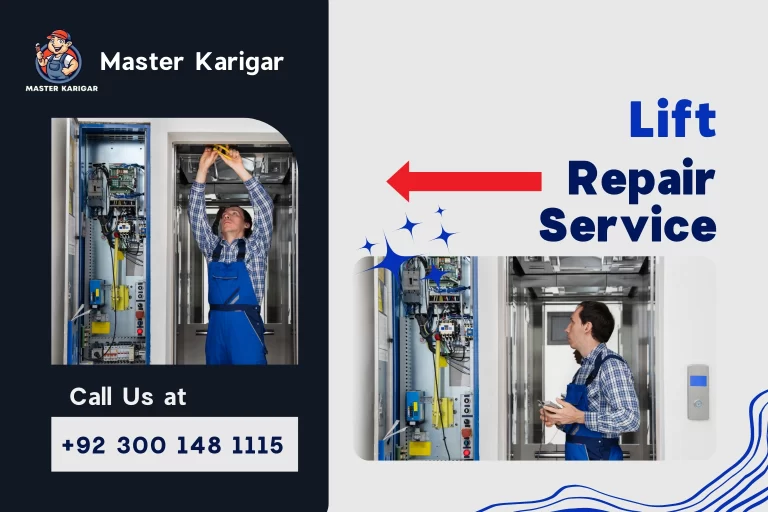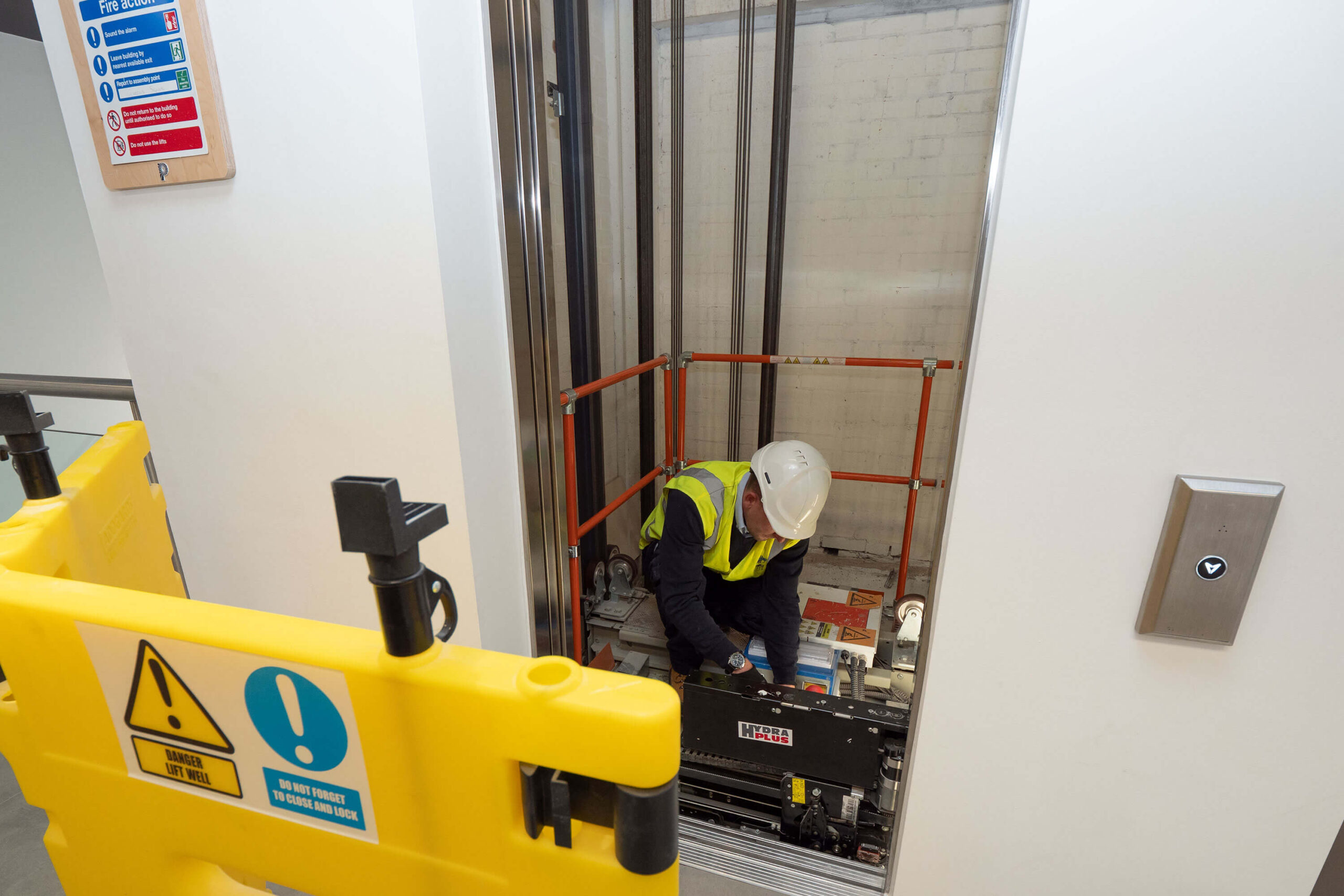Leading Lift Repair Companies Near Me for Trusted Maintenance Services
Leading Lift Repair Companies Near Me for Trusted Maintenance Services
Blog Article
Comprehensive Overview to Elevator Systems and Their Upkeep
Navigating the intricate world of elevator systems and their maintenance is a task that demands precision and understanding. From the different types of elevator systems in use to the meticulous adherence to safety guidelines, the maintenance of these upright transportation gadgets is a multifaceted endeavor. As buildings rise greater and technology breakthroughs, the requirement for a thorough understanding of lift systems comes to be increasingly vital. Join us as we unravel the intricacies of lift upkeep, discovering typical problems, finest techniques, and sophisticated technologies that form the modern-day landscape of upright transportation.
Kinds Of Lift Systems
The most typical types include hydraulic elevators, traction elevators, machine-room-less elevators, and vacuum lifts. Hydraulic elevators are suitable for low-rise structures and use a hydraulic piston to relocate the elevator auto. Machine-room-less elevators are a space-saving alternative as they do not call for a different device space for the elevator equipment.
Each kind of elevator system has its very own advantages and drawbacks, making it essential for building owners and developers to thoroughly consider their specific demands before selecting the most suitable choice. Variables such as constructing elevation, area schedule, power performance, and spending plan constraints all play a significant role in establishing the most effective elevator system for a specific building.
Usual Upkeep Problems
Routine maintenance of elevator systems is crucial to ensure smooth procedure and lengthen their life-span. Despite routine upkeep, lift systems can still experience typical upkeep problems that require to be immediately addressed to prevent disturbances in service. Routine assessments and proactive upkeep can aid identify and settle these typical upkeep problems before they intensify and influence the total performance of the lift system.
Security Regulations and Conformity
Abiding by rigid safety policies and making sure compliance with market criteria are paramount for maintaining the functional honesty of lift systems. Elevators are subject to an extensive set of safety regulations to secure travelers, upkeep employees, and the general public. Regulative bodies such as the Occupational Safety and Health Management (OSHA) in the USA and the European Lift Organization (ELA) in Europe establish guidelines that cover numerous facets of elevator layout, maintenance, installment, and operation.
Compliance with these policies is not just a legal requirement however also an ethical commitment for structure proprietors and lift maintenance companies. Regular inspections, upkeep checks, and adherence to security methods detailed in the policies are important to make sure the secure and reliable operation of lift systems.
Ideal Practices for Maintenance

An additional crucial finest practice is to promptly attend to any type of noted issues or uncommon noises to stop more damage. Applying a positive method to maintenance can conserve money and time in the long run by preventing expensive repair work or replacements. Structure owners should likewise think about spending in modernization upgrades to improve the effectiveness and safety and security of their lift systems. By adhering to these finest techniques, lift systems can operate smoothly and securely, supplying trusted vertical transport for occupants.

Advanced Technologies for Effectiveness
Executing innovative modern technologies in elevator systems can considerably improve operational efficiency and traveler experience. These systems permit passengers to input their desired floor prior to his explanation going into the elevator, which then directs them to the most reliable car.
Furthermore, the combination of wise sensing units and anticipating upkeep capabilities has actually changed elevator maintenance. These sensors can discover potential problems prior to they escalate, enabling aggressive upkeep interventions and minimizing downtime. Furthermore, using regenerative drives and energy-efficient components aids decrease power consumption and operating expense in lift systems.
Additionally, the execution of cloud-based tracking and remote diagnostics permits real-time tracking of lift performance and prompt troubleshooting of any type of malfunctions. This aggressive method not only boosts system reliability but likewise improves the overall individual experience by ensuring undisturbed and smooth lift operations.
Conclusion
In final thought, recognizing the different sorts of lift systems, usual maintenance issues, security policies, best upkeep methods, and advanced technologies for effectiveness is essential for making certain the smooth procedure of lifts. By sticking to safety and security laws and implementing finest practices for maintenance, structure proprietors can lengthen the life-span of their lift systems and make sure the security of passengers. It is necessary to stay upgraded on the most up to date improvements in lift innovation to boost performance and integrity.
The most common kinds consist of hydraulic elevators, traction elevators, machine-room-less lifts, and vacuum elevators. Hydraulic lifts are ideal for low-rise structures and use a hydraulic piston to relocate the lift vehicle. Machine-room-less lifts are a space-saving option as they do not require a separate maker room for the lift machinery. Normal evaluations and proactive maintenance can aid determine and solve these common upkeep concerns prior to they escalate and impact the general efficiency of the lift system.

Report this page